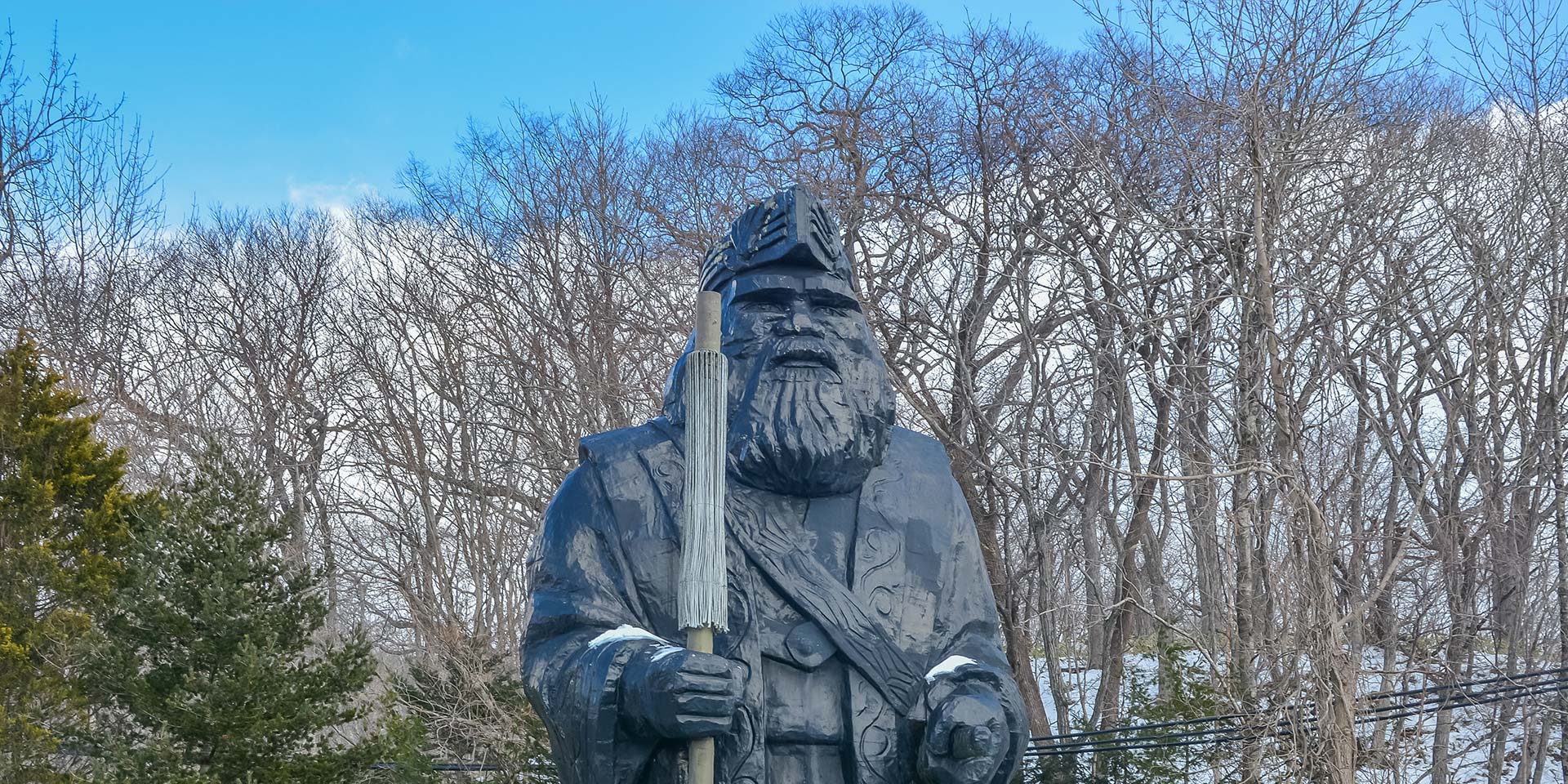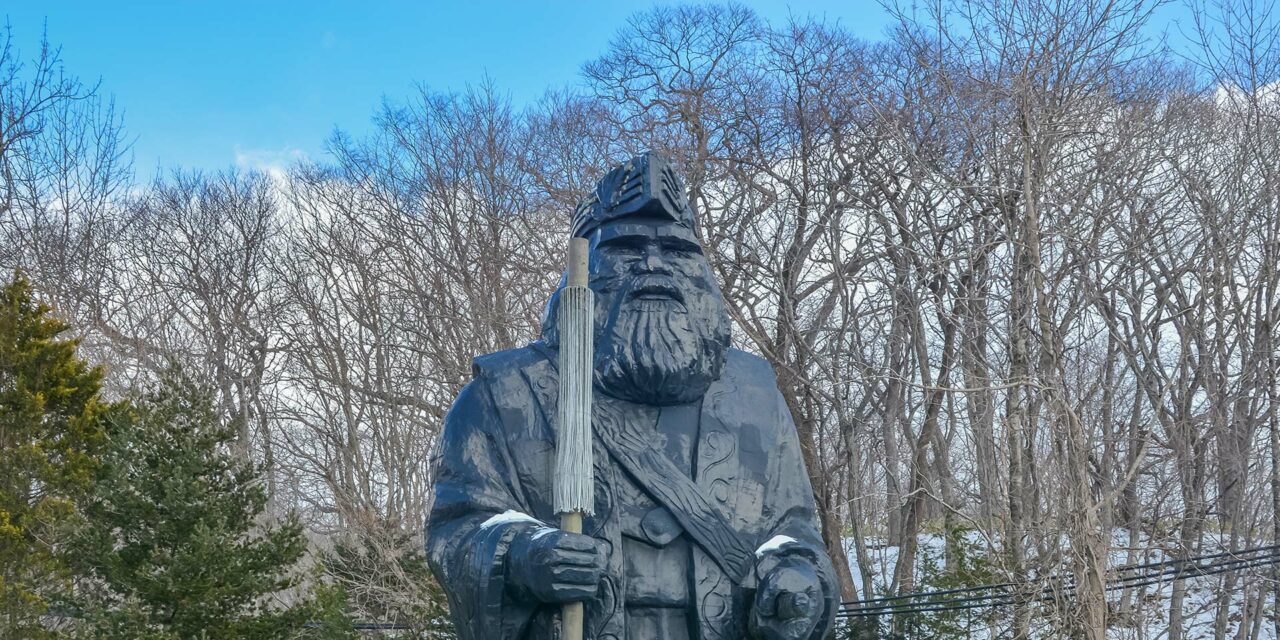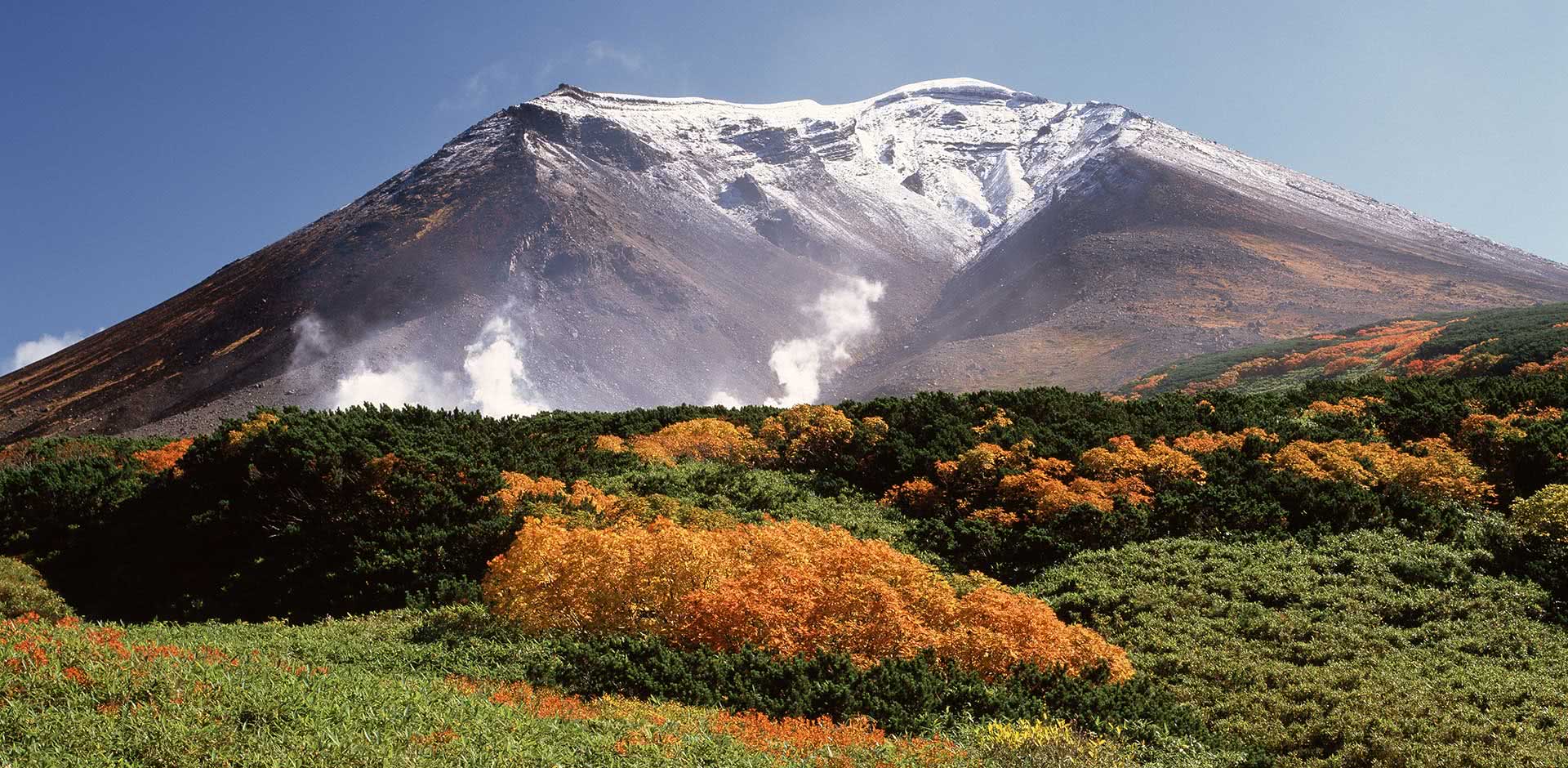“For countless ages the Ainu lived in their unspoiled northern wilderness, asking nothing of life except what it gave them. The spirits were generous, game abounded (bear, deer, salmon, to a lesser extent whales) — what need was there for ‘progress’?” Sharon Strong posited this question in her book The Living World of Chiri Yukie’s Ainu Shinyoshu, about the deceased Ainu poet. Yukie, who died at only 19, questioned the loss of her heritage, a loss that a new museum and park in Hokkaido is being built to correct.
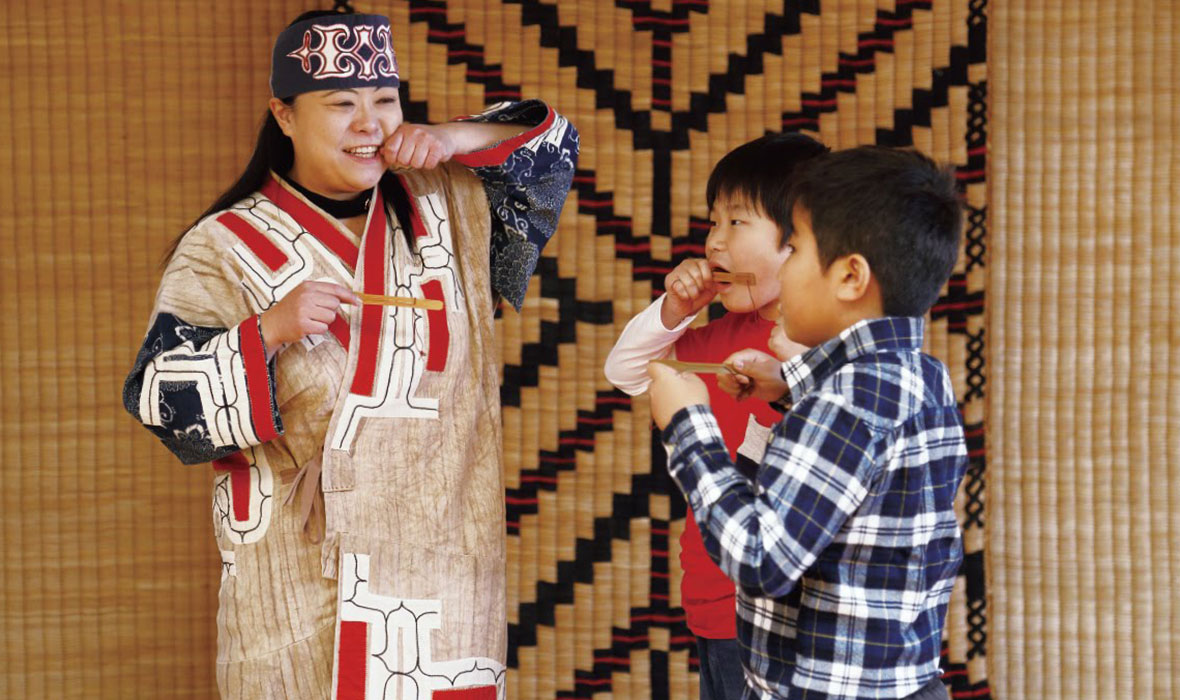
The Ainu people had been in conflict with the mainland Japanese since the 15th century when the Wijan, ‘people you cannot trust’ in the Ainu language, began pushing north into Hokkaido and the minor isles where the Ainu and relative tribes had existed since they crossed ice bridges from Siberia. By the mid 1600’s a powerful samurai clan invaded and took control of southern Hokkaido which began centuries of territorial disputes that eventually led to most of the Ainu losing their heritage and disappearing into mainstream Japanese culture.
That history, however, has been reversed in the last twenty years, as the Ainu have been officially recognized by the Japanese government as an indigenous people while their culture has become widely visible in modern culture: written into Manga comics and Anime films, celebrated in fashion and studied at museums and cultural centers across Hokkaido. The recent recognition of the tribe will culminate next year when the new UPOPOY National Museum and Park is scheduled to open in 2020 to coincide with the Japanese Summer Games.
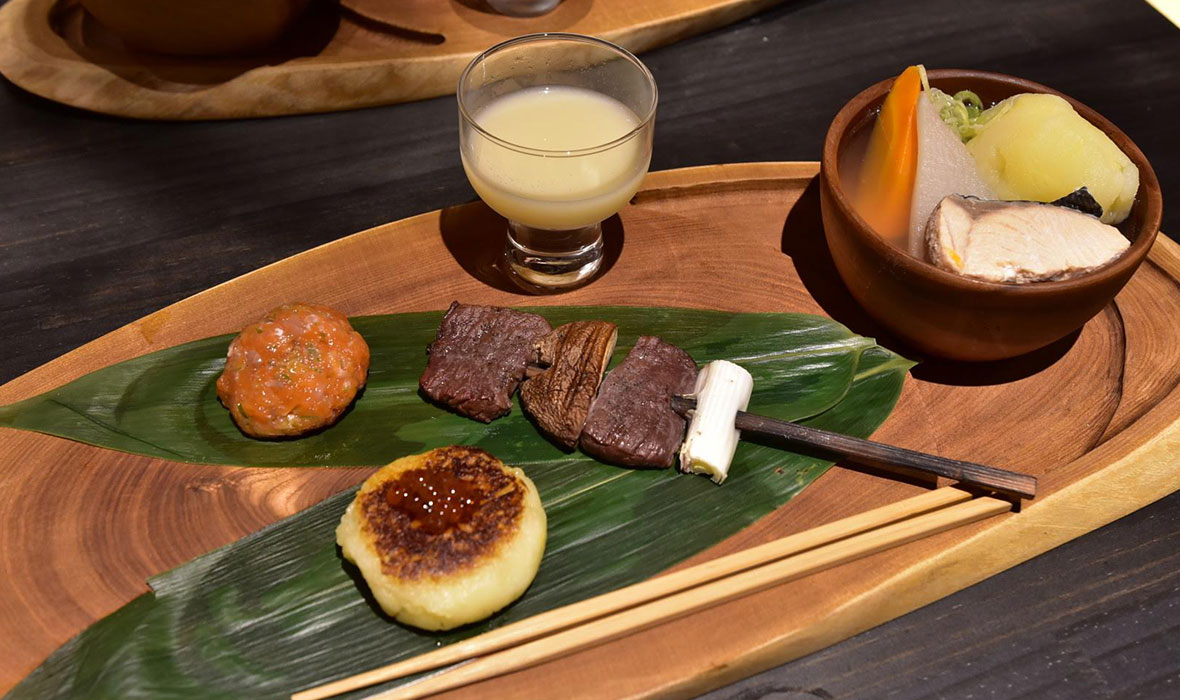
ABOVE: Ainu cuisine.
Historically the Ainu have puzzled both Asian and Westerners visitors to their villages across the coastal areas of the Sea of Okhutsk – a civilization out of place on those frozen East Asia islands. Large in stature, the men wore wild beards and had long curly hair while the women were tattooed with wide, Joker-like grins superimposed over their mouths. They wore salmon skin boots and intricately embroidered jackets. As master carvers they detailed everything from their knife hilts to the animistic scenes on dug out canoes with which they navigated the seas – imagery that links them to indigenous peoples across Siberia down through the west coast of North America.
“Carving in the villages was as important to life as fishing, hunting, trapping, or harvesting food. It was how we marked the important changes in life. Birth and death, years gone by, new hunting grounds, we recorded all of this,” says a traditional carver and associate at the Foundation of Ainu Culture Chieko Okuni.
Part of the Ainu creation story is that the gods created man and bear as kin to share hunting grounds and forage for the same plants. Bear worship was an important part of their Iyomante religion. The men would capture a bear cub from its mother’s den and the cub would be raised in the village, even breast fed by the women. When it reached maturity the bear would be ritualistically wounded with an arrow and then strangled to death beneath a barrage of archers arrows, shot into the sky to guide it’s spirit back to the gods.
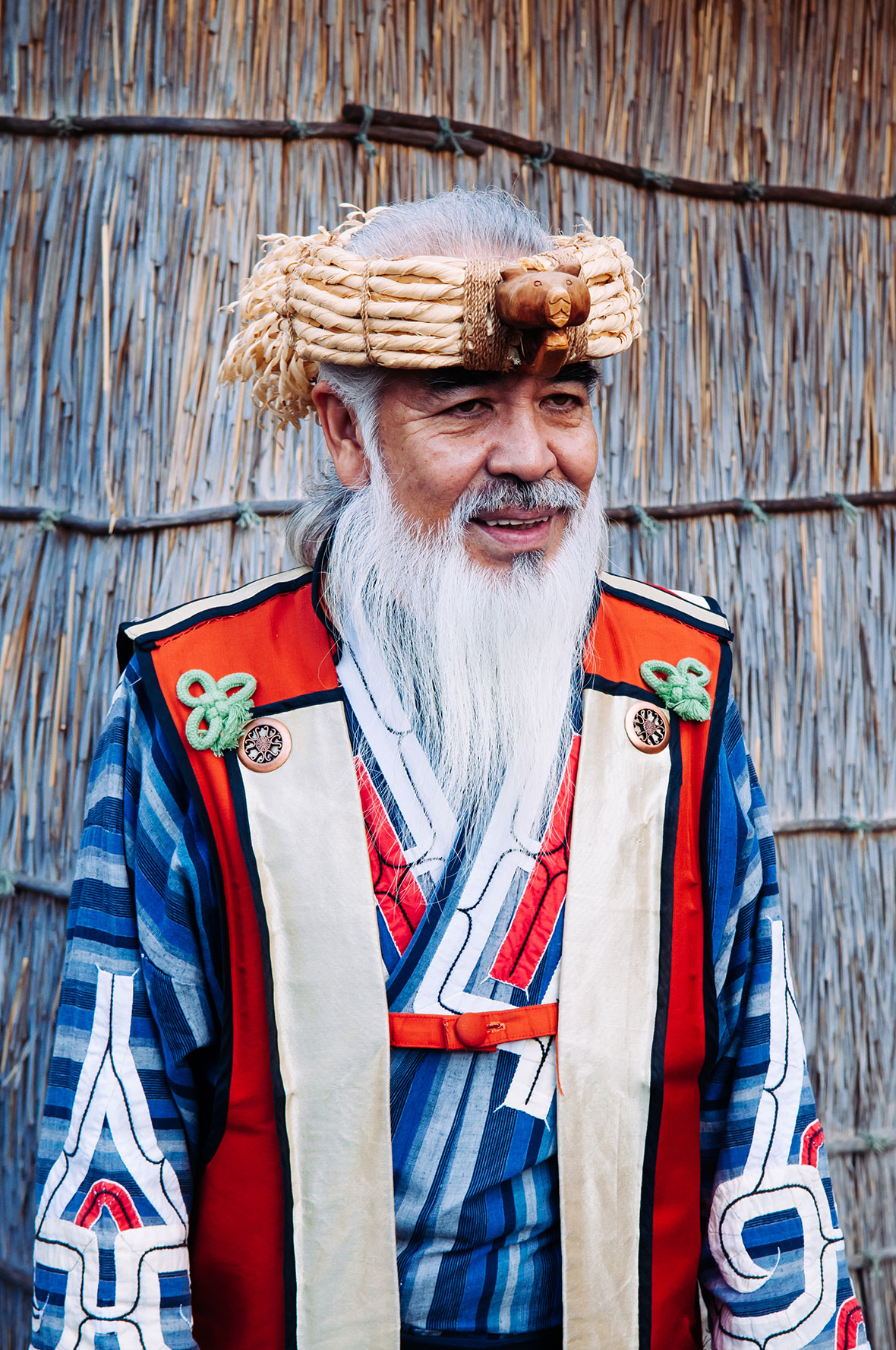
ABOVE: Ainu tradition garb.
The Ainu maintained important trade routes that criss-crossed the Sea of Japan as far back as the 14th century. They traded furs and dried fish from their home islands in Chinese ports for tobacco pipes, beads and brocade which they would trade for sake and iron with the Japanese. Taking these precious goods back to China, but also to Russia and as far as Korea.
The violence and conflict that came of the mass amount of mainland Japanese who migrated to Hokkaido in the 16th century to escape the violence of the shogunate wars resulted finally in the Hokkaido Aborigine Protection Act in the late 19th century. The act sought to force the Ainu to assimilate to Japanese ways as the government moved towards modernizing the country. This act was eventually abolished in 1997, but the Ainu did not gain official recognition as indigenous people until February of this year.
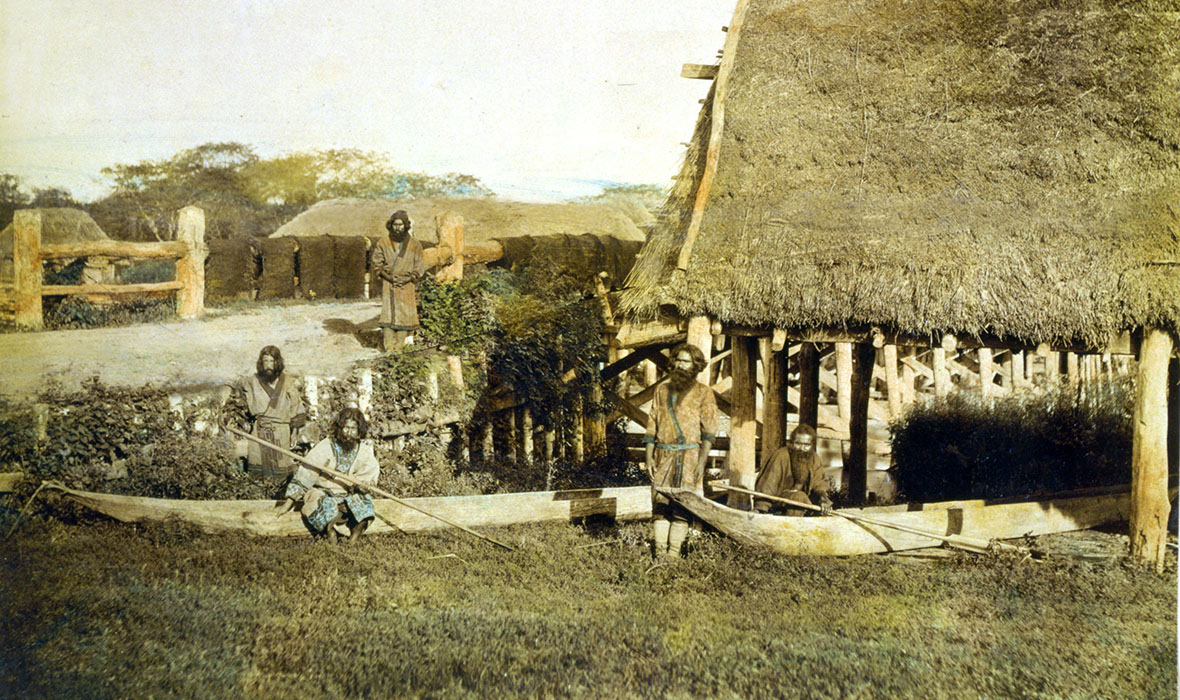
ABOVE: Four Ainu men with two boats by a thatched roof building on Hokkiado, circa 1890 – 1900.
Perhaps though, more than any effort made by the government or educational program to enlighten the Japanese public about the history of the Ainu has been the popularity of the Golden Kamuy manga series. The series which features a plot based on Ainu folklore, features Ainu characters and even utilizes the tribes language edited by native Ainu speakers. The award winning publication has been made into an anime series which has been dubbed into English and has gained a worldwide following.
While several smaller museums and cultural centers are found across Hokkaido, the new UPOPOY National Museum and park set to open in April next year will be the first nationally funded institution dedicated to any of the indigenous people of Japan.
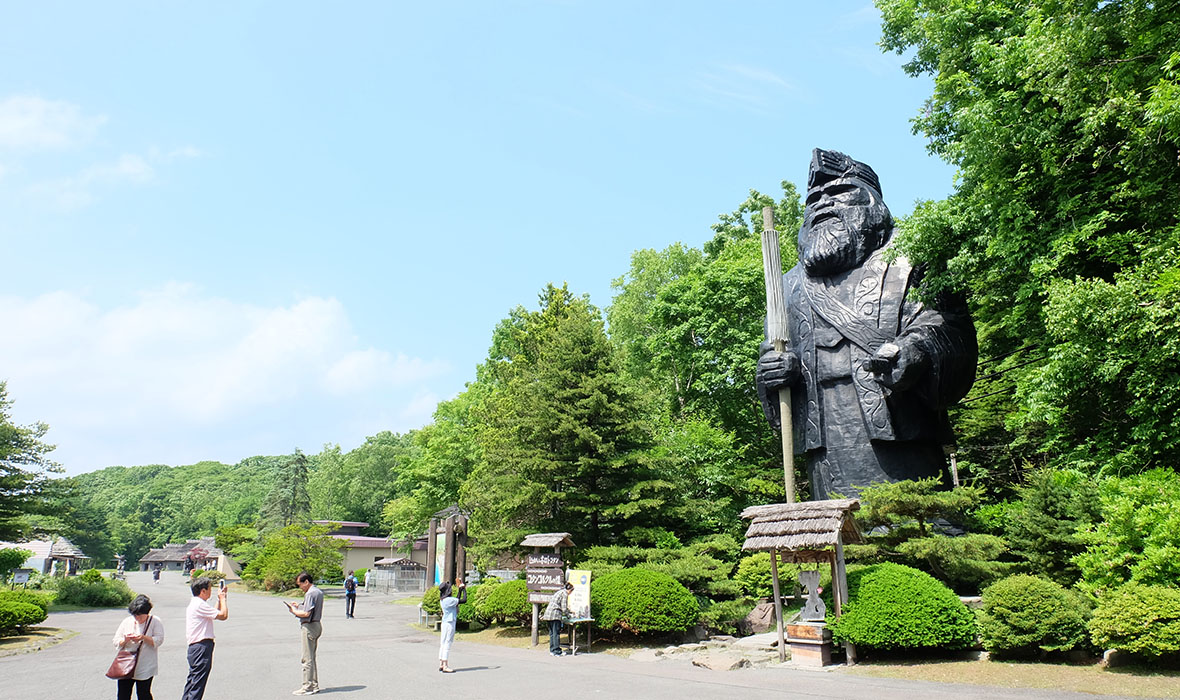
ABOVE: Upopoy is an Ainu term meaning “singing in a large group,” which describes the museum’s mission of bringing people together.
The new museum and cultural park takes on the mission of reviving and developing Ainu culture by presenting traditional exhibitions of crafts, relics and photos but also with experiential programs. Different areas of the museum will include carving centers, dance performances even a food center where visitors can learn about their diet, food processing techniques, and try a sampler menu. The open air cultural park and exhibition buildings occupy a stretch of the banks of Lake Poroto, bordered by still pristine forest so that visitors can get a sense of the landscape the Ainu once thrived in.
“Like most Ainu I grew up with my parents told me to never talk about my ancestry. Being part of creating Upopoy has been a way of living traditions that were almost lost forever,” says Chikup Enzo, an educator at Upopoy .
Upopoy is an Ainu term meaning “singing in a large group,” which describes the museums mission of bringing all people together, in Japan and from across the world to explore, celebrate and learn from traditional and modern Ainu culture. The opening of the new museum is set to coincide with the 2020 Summer Games.

